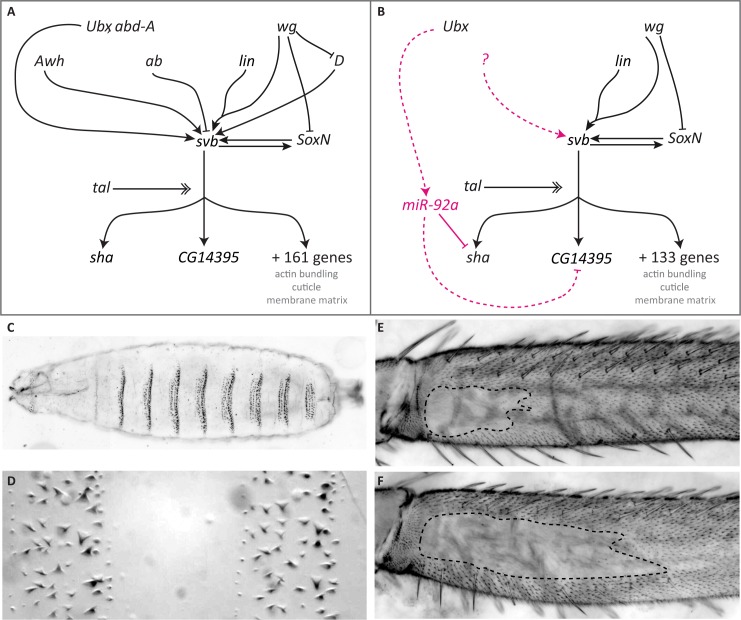Fig 1. The GRN controlling formation of trichomes on larval and leg epidermis differs between these developmental contexts.
(A) Simplified GRN for larval trichome development (see [22,29,81,82]). (B) GRN for leg trichome development. Magenta colour indicates interactions found only during leg trichome development. Dashed lines indicate likely interactions. Expression of svb is controlled by several upstream transcription factors and signalling pathways some of which are not active during leg trichome development. The question mark indicates that there are likely to be other unknown activators of svb in legs. Activation of Svb protein requires proteolytic cleavage involving small peptides encoded by tal [30–32]. Active Svb then regulates the expression of at least 163 target genes in embryos [29,33], the expression of 135 of which is detectable in legs. The products of these downstream genes are involved in actin bundling, cuticle segregation, or changes to the matrix, which lead to the actual formation of trichomes. SoxN and Svb activate each other and act partially redundantly on downstream targets in larvae [34,36] and this interaction probably also occurs in legs based on expression data. miR-92a is only expressed in naked leg cells where it represses sha and probably CG14395 and thereby acts as a short circuit for svb. Its expression is likely controlled by Ubx. (C, D) Trichomes on the ventral side of the larval cuticle form stereotypic bands (denticle belts) separated by trichome-free cuticle. (E, F) A trichome-free region on the posterior of the T2 femur differs in size between different D. melanogaster strains. Shown are OregonR (E) and e4,wo1,ro1 (F).

